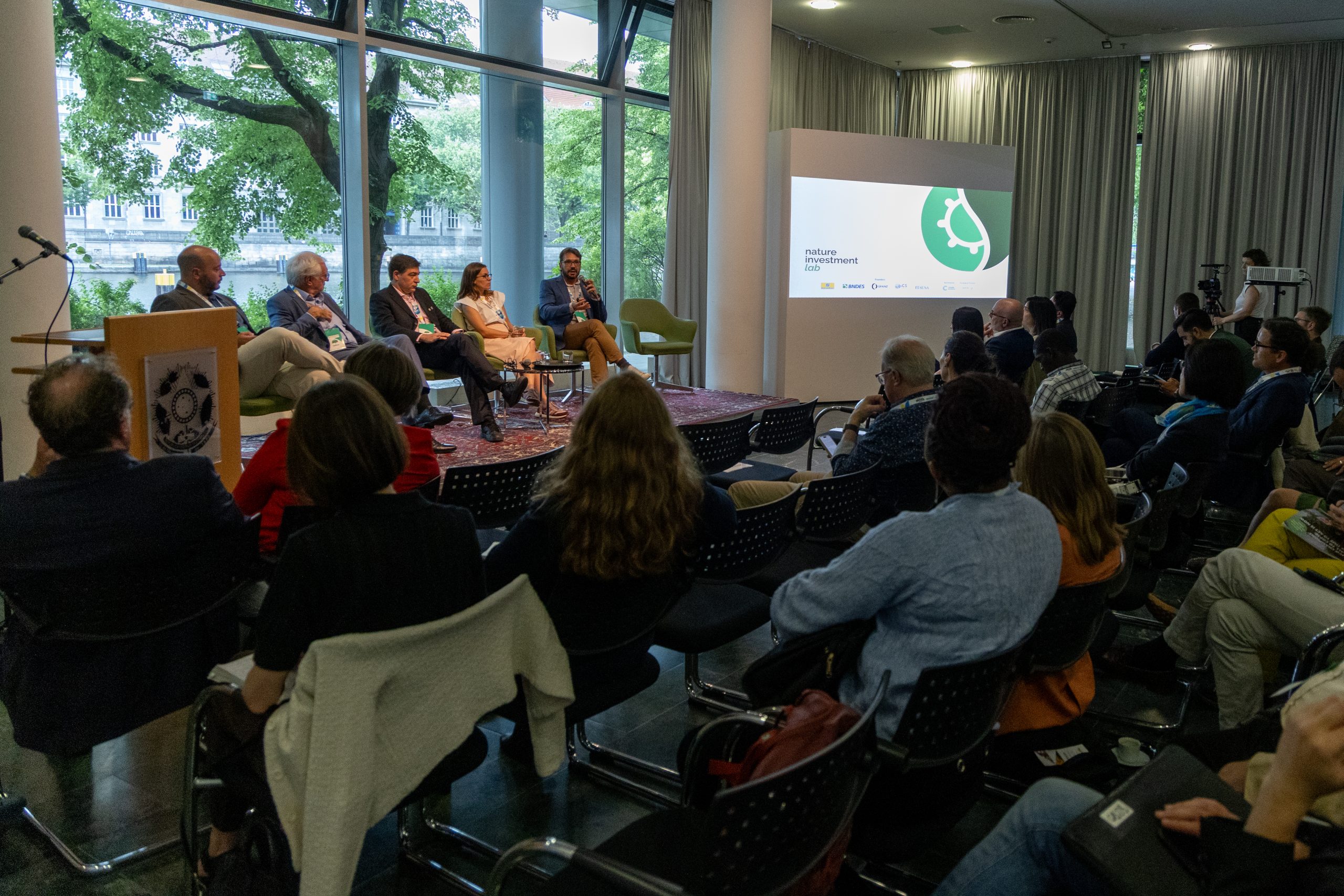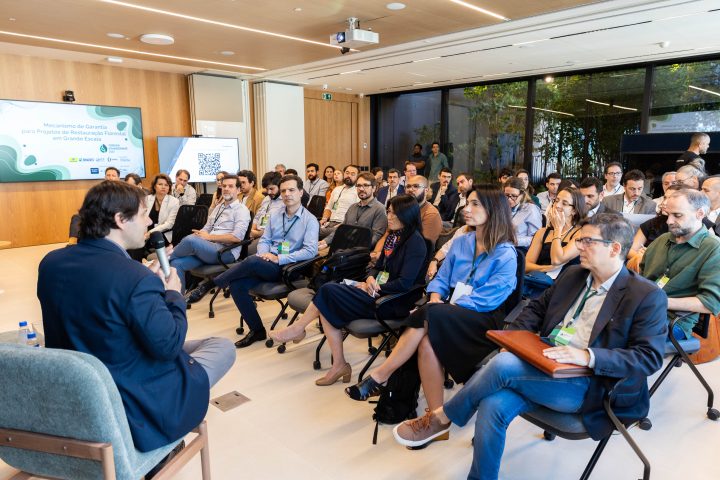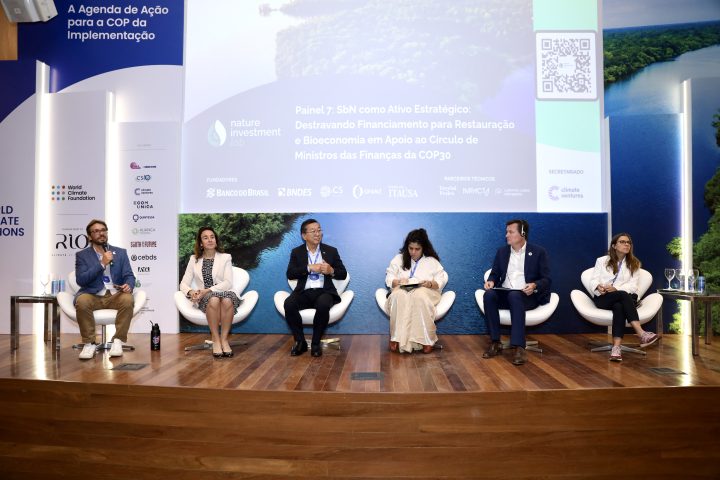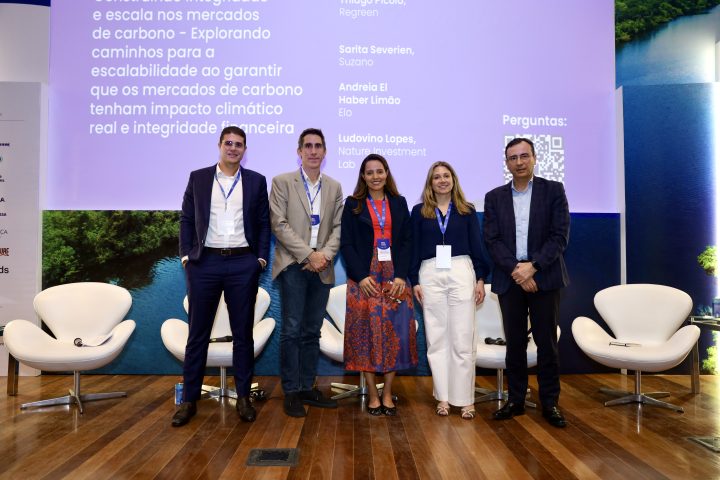Building a market capable of transforming the Amazon’s environmental and ecosystem services into financial assets is an essential condition for sustainable development to reach the region. This assessment comes from Daniel Contrucci, co-founder and co-CEO of Climate Ventures, which serves as the Executive Secretariat of the Nature Investment Lab (NIL), where he leads the organization’s executive and strategic efforts. Contrucci made the statement during a panel at Amazon Week 2025: The Road to COP30, an event held in Berlin that also took place in Brussels and Paris between June 2 and 13.
The event brought together governments, investors, civil society, and academia to discuss green finance, bioeconomy, and sustainable development, aiming to strengthen international dialogue around the Amazon ahead of the Belém COP30 conference.
“If the carbon credits generated in the voluntary market are not converted into credits accepted by the regulated market, or if the water produced by the forest and other services are not properly priced as assets, it will be very difficult to ensure that sustainable development reaches the Amazon region solely by supporting local production. Beyond recognizing these services, we must turn them into financial assets,” he explained during the Finance Platforms panel.
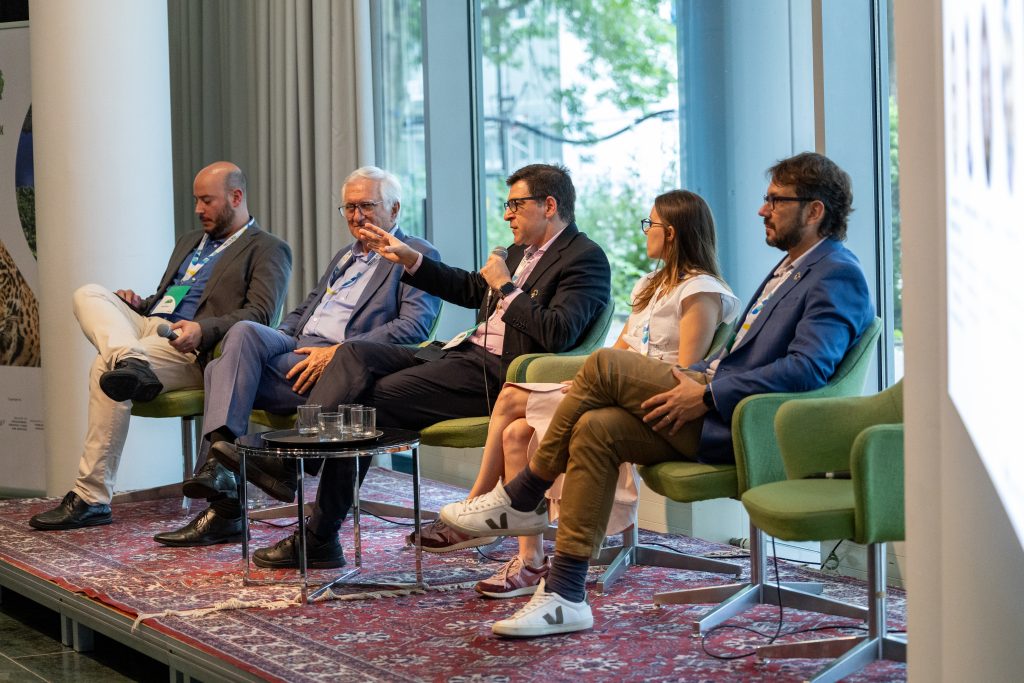
In his remarks, Contrucci demonstrated how sociobioeconomy and innovative investment mechanisms can turn climate challenges into concrete development opportunities for the Amazon. He also emphasized that structuring this market requires more than public policies and private investments — it depends on coordination among funds, financiers, and philanthropic capital in areas where traditional market capital does not yet reach.
“Philanthropic capital plays a tremendously strategic role, especially non-repayable capital that reaches places where market capital still cannot. We need stronger coordination among stakeholders to invest in innovation and the entire value chain. Only through such coordination and collective action will it be possible to truly structure a new market,” Contrucci said.
Contrucci noted that much of the ecosystem is still in an early stage and lacks the capacity to scale. According to him, building a consistent portfolio and pipeline depends, first and foremost, on a well-aligned taxonomy — one that establishes clear criteria for green investments, distinguishes bioeconomy from sociobioeconomy, and encompasses different business models related to restoration and environmental services.
“Taxonomy is fundamental. We’re working to align what we developed in the Green Wave report together with the government, because it’s crucial that we all speak the same language,” Contrucci concluded.
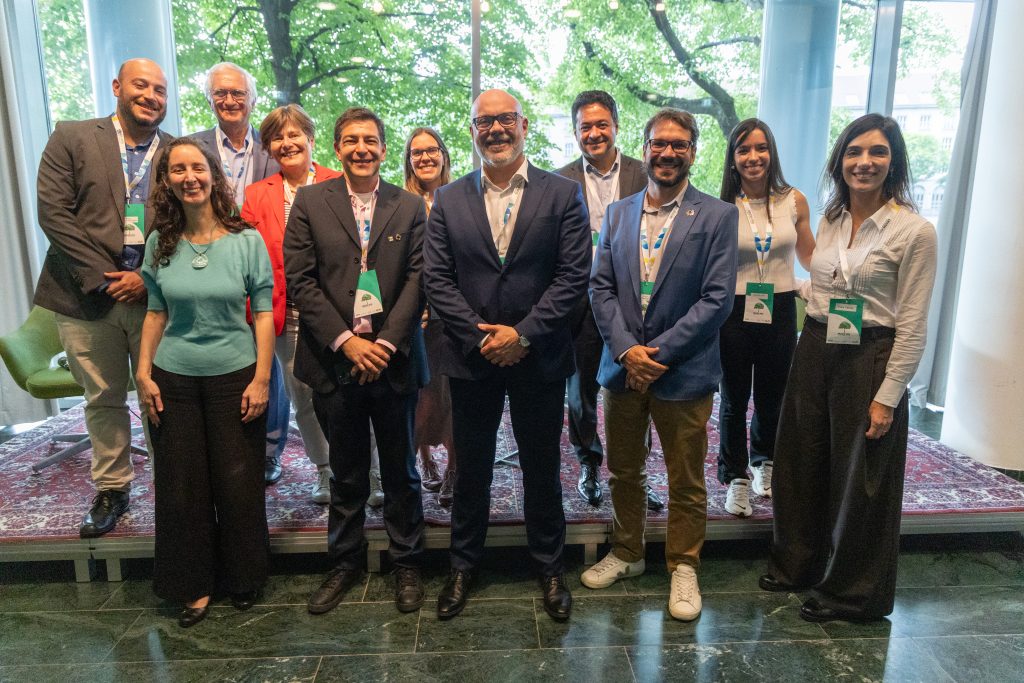
The discussions also highlighted the challenges and opportunities for the Amazon bioeconomy to access the European market, emphasizing the commercial integration of sustainable products and supply chains.
Amazon Week 2025 marked the third edition of a program dedicated to showcasing the vital role of the world’s largest tropical forest in maintaining global climate balance, protecting biodiversity, and fostering sustainable development. This year, the program was structured around two main pillars: finance and bioeconomy & sustainable development. As in previous editions, interested partners were invited to contribute to events and initiatives, ensuring a collaborative and inclusive process.
